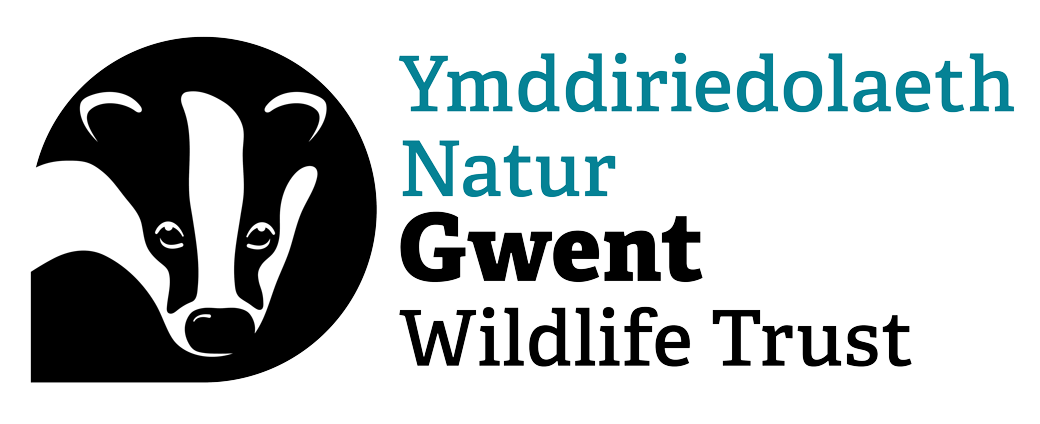Search
Chwilio
Fireworks anemone
This rare anemone lives up to its name with a spectacular display of long, white tentacles.
Sand hopper
Sand Hoppers really live up to their name, jumping high into the air when disturbed.
Nature Nurture Survey for NHS Workers
Mae Canolfan Genedlaethol Prifysgol Caerdydd ar gyfer Iechyd Meddwl wedi ymuno ag amgylcheddwyr, Garden Organic ac Ymddiriedolaeth Natur Gwent i geisio deall sut i ddod â gweithwyr y GIG a'u…
Perennial rye-grass
Perennial rye-grass is a tufted, vigorous grass of roadside verges, rough pastures and waste ground. It is commonly used in agriculture and for reseeding grasslands.
Our staff
Brownfield
The uncontainable nature of wildlife is perhaps clearest in brownfield sites – previously developed land that is not currently in use. The crumbling concrete of abandoned factories, disused power…
My connection
Norman has a strong connection to the land, having farmed in the local area for sixty years, and has watched the natural habitats evolve. Most of all he likes being outside in the fresh air, as it…
Woodlark
The secretive woodlark can be hard to spot. It nests on the ground on our southern heathlands and uses scattered trees and woodland edges for lookout posts.
My basecamp
Den-building in the woods with his granddad makes Will feel like he is part of a survival game: nature is one big adventure, and he even uses a penknife to cut twigs to build with.
